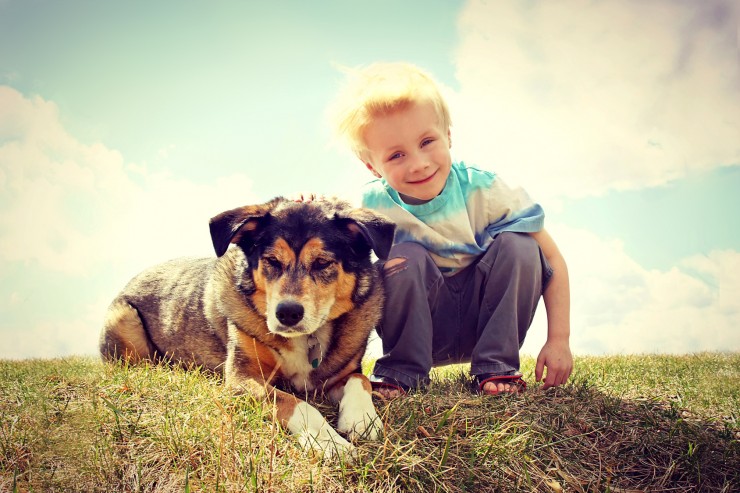

During May 2015, North America hosted an awareness-raising event called National Dog Bite Prevention Week, which seeks to raise awareness of risk factors for aggression and dog bites, and collate statistics on humans bitten, in order to make sense of how and why this is likely to happen.
While the UK does not hold any similar awareness-raising event at the moment, there is a lot that can be learnt from study of the American event, particularly when it comes to children and dog safety, as it has been demonstrated from the event’s research that children are exponentially more likely than adults to be bitten by a dog.
In this article, we will look at the potential reasons behind this, what can be done about it, and other insights that have developed as part of the research. Read on to learn more.
One of the partner organisations of National Dog Bite Awareness Week, called “Prevent the Bite,” surveyed 710 children by asking them twelve key questions on canine behaviour, signals, and how to behave around dogs. The results were rather startling, with not one of the 710 children surveyed giving the right answer to all twelve questions.
Some of the key results found in the survey were as follows:
The reasons behind why children are more likely to be bitten than adults can partially be attributed to the above answers, based on a lack of understanding of canine communication and its interpretation. However, many adults would likely return as many incorrect answers to the survey as the children did, and so a lack of knowledge of dogs can only partially explain the results.
Some of the potential reasons behind why a child is more likely than an adult to be bitten by a dog include:
In order to keep your child safe from a potential bite, there are several rules and guidelines that you should begin teaching your child as soon as they are old enough to understand it.
 How Do Police And Military Dogs Interact With Their Handlers And Trainers?
How Do Police And
How Do Police And Military Dogs Interact With Their Handlers And Trainers?
How Do Police And
 Growing Cat Friendly Plants
Growing Cat Frien
Growing Cat Friendly Plants
Growing Cat Frien
 Picking A Healthy Puppy
Picking A Healthy
Picking A Healthy Puppy
Picking A Healthy
 Beginning guideline regarding starting a moose plantation using the add-on associated with moose wall
Beginning guideline regarding starting a moose plantation
Beginning guideline regarding starting a moose plantation using the add-on associated with moose wall
Beginning guideline regarding starting a moose plantation
 Some Frequently Asked Questions About The Shetland Sheepdog
Some Frequently A
Some Frequently Asked Questions About The Shetland Sheepdog
Some Frequently A
Copyright © 2005-2016 Pet Information All Rights Reserved
Contact us: www162date@outlook.com